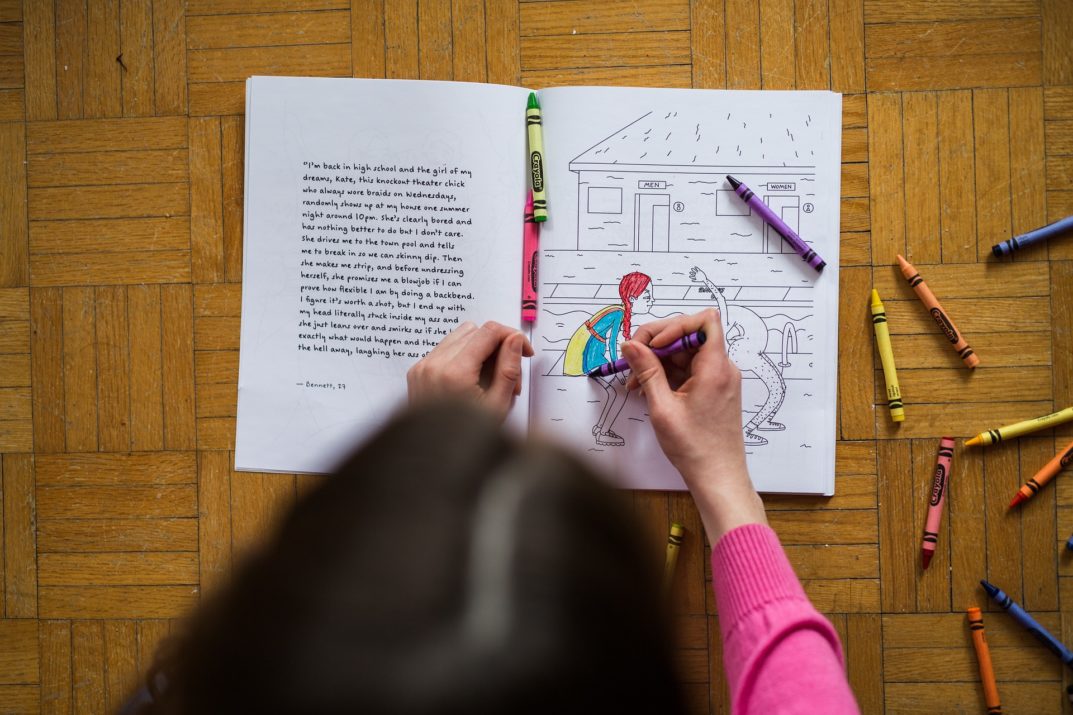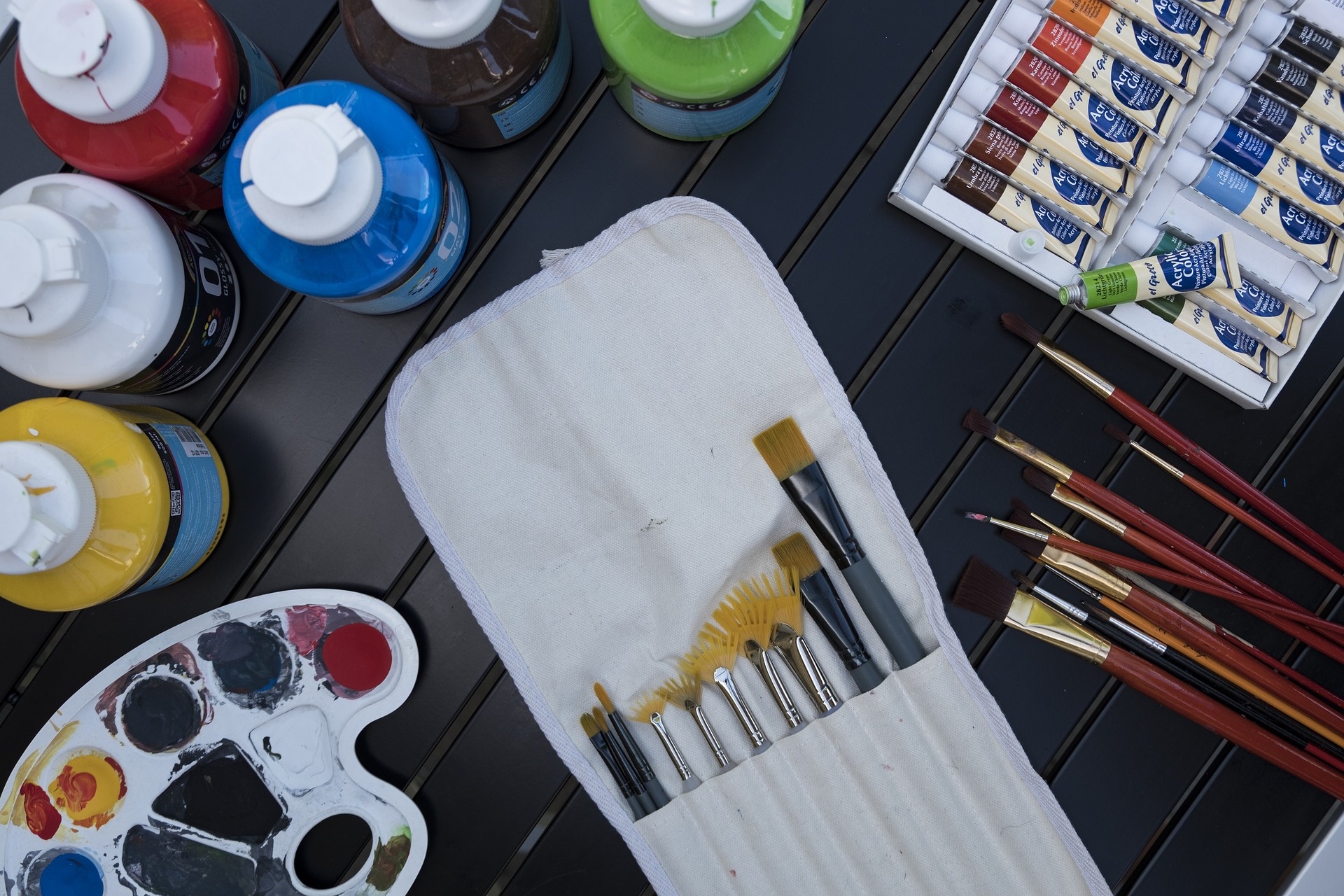
From solving problems more efficiently to fostering a curious and inspirational life, creative thinking provides invaluable benefits for people of all ages. Despite the importance of creativity, it’s not a hard skill that can be taught. Like the other social and emotional skills we’ve discussed before, creativity is an ability that can be fostered and encouraged by the right environment.
To help your students become creative thinkers, follow these lessons and strategies from experienced teachers and creativity experts.
The Importance of Creative Skills
To cultivate creativity in your classroom, it’s important to think of it as a skill that can be practiced, rather than a trait. According to Miriam Clifford, who holds a masters in teaching, this helps educators break creative thinking into smaller skill sets. When creative thinking tasks are assigned in increments, each student is given a chance to approach creativity in their own way.
Another way to approach creativity as a skill is to think of all the separate skills and thought patterns that contribute to a more creative life. Saga Briggs, managing editor of InformED, explains how divergent thinking can help foster creativity in children. Studied and researched by psychologists for decades, divergent thinking has been proven to boost positivity, unbiased thinking and greater openness to experience. When people are more open to new and unfamiliar experiences, research shows that they’re also more likely to think creatively.
It can be hard to fit creative thinking into the classroom, especially when there are so many other standards that need to be met. But what happens when creative skills aren’t fostered in the classroom? According to authors Po Bronson and Ashley Merryman, who co-wrote a Newsweek cover story called The Creative Crisis, our future society depends on creative thinking. And since creativity isn’t something that happens at random, future innovation depends on the creativity honed by today’s schoolchildren.
Classroom Environment and Creativity
As we’ve discussed previously, a more tolerant classroom environment can ensure a safe and equal learning opportunity for all students. Similarly, an environment that promotes creativity can help all students become their most creative selves.
Author Eric Weiner stresses that creativity is tied to environment. “The creative act is inextricably intertwined with the circumstances in which it takes place, a fact that the ‘creativity industry’ largely ignores,” he writes. Furthermore, a workplace (or classroom) that recognizes and praises creative ideas allows room for more creative thoughts to flourish.
So what’s the best way to recognize and praise creativity when you see it? Renee Jain, a childhood happiness and resilience expert, says that simple praise can be dangerous. Saying “you’re so creative” to a child can cause them to focus too much on the praise, which can damage their ability to cultivate creative skills. Instead, Jain suggests praising the actual process. Praising strategy and effort, in addition to being specific about what a child did successfully, can help them learn that creative thinking is a good thing.

Independence and Creativity
When students are given the opportunity to think independently, they’re more likely to devise their own ideas and solutions. To foster leadership and independent thinking in your classroom, consider allotting time for this kind of work.
Live Tiles, a software tool that encourages workplace creativity, suggests creating time called “genius hour” in which each student gets to work on a passion project. Rather than giving students a specific end goal for what they need to create or solve, this allows them to think much more freely. It’s also helpful when students have time to work on projects outside of the everyday curriculum. This allows them to think about things in a different way and focus on something they truly enjoy.
To make the most out of this time, writer Kristen Hicks suggests providing students with ample tools and materials. Things like crayons, notebooks, clay, computers and even library access can help students explore ideas and put them on paper.
When fostering independent creativity in the classroom, teachers must also be sure to notice the signs of an inherently creative child. Exquisite Minds, a website for gifted and creative children, says that creative students sometimes get lost daydreaming and may not be motivated by grades. Instead of viewing this behavior as disinterest in classroom learning, teachers can try to engage the student in creative thinking activities.
Creative Thinking Activities
Visual art teacher Melissa Purtee fosters creativity in her classroom using a methodology she developed called Design Process Thinking. She begins this process by helping students think about about themes, ideas and personal experiences as a source of inspiration. Then, she gives students guidance for how to visualize these ideas, providing them with room for creative expression.
For example, they may draw different types of charts, maps and posters to bring their ideas to life. Students then reflect on their ideas and present them to the class. This teaching technique employs a balanced amount of direction and independence, which helps students learn strategies and how to apply them independently throughout the project.

Another way to help students visually map out their thoughts is to have them create a shared board of “mindset moments.”
The online yearbook software company Fusion Yearbooks says that this is when everyone in the class puts up a sticky note that reflects something they’ve learned. This group exercise allows students to reflect on their thought patterns and ideas, and helps them feel safe sharing their thoughts.
Visualized learning can also serve as an alternative to traditional academic tasks, such as essays. Instead of forcing students to demonstrate their competency through writing, allow them to explore other methods. Author Stacy Tornio says that teachers can allow their students to demonstrate competency through songs, art, videos or other methods. When students are allowed to focus on a medium they truly enjoy, they’re likely to produce higher quality work that exudes greater creativity.
The Power of Questions
Asking thought-provoking, open-ended questions is an easy way to encourage creative thinking during everyday learning.
Former teacher and children’s nonfiction author Rachel Lynette explains that teachers can refer to a model called “Webb’s Depth of Knowledge.” This model has teachers pose questions like “can you create new and unusual uses for…” and “can you defend your position about…” to stimulate creative thinking.
New York Times reporter Matt Richtel agrees with the important link between creativity and questions. He suggests posing the “what if” question to students. This lighthearted and often humorous exercise asks students to dig deep into their creative minds and explore their most random and unique thoughts. Since this is a group activity, it’s another way to encourage creative thinking in an accepting and judgement-free zone.
Images by: StockSnap, Rayna Bauman, WerbeFabrik


What do you think?